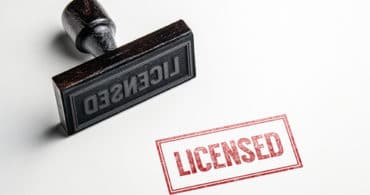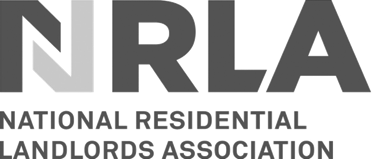How to Choose the Right Structure for Your Buy to Let Business
Whether your buy to let venture involves a single property, or you have a growing portfolio, it is worth weighing up your options as to the best way to structure your property business. Some structures will be more tax efficient than others. Here’s an overview of what’s available so you can start to look more closely at what could work best for you.
Whether your buy to let venture involves a single property, or you have a growing portfolio, it is worth weighing up your options as to the best way to structure your property business. Some structures will be more tax efficient than others. Here’s an overview of what’s available so you can start to look more closely at what could work best for you.
There are various ways in which a buy to let business can be structured. Here are some of the most common.
Sole trader
This is the most straightforward structure for a buy to let business.
A sole trader owns and runs the business as a self-employed individual. If you operate as a sole trader, you have full control and get to make all key decisions. All the rewards are yours, less any taxes of course. It is also important to be aware though that all the risks are yours too, including any debts.
As a sole trader, you are personally liable for any debts accrued by the business. This means that if your business fails leaving debts, then your personal assets can be used to settle them.
Partnership
If you are running your investment property business with another person, you will generally be referred to as a ‘partnership’. This is very much like a sole trader, but with more than person making the decisions and sharing the profits.
With an ordinary partnership, all the partners are jointly liable for all the debts. So if things don’t work out, monies can be recovered from everyone, including their personal assets, regardless of whether issues were down to certain partners or others.
Partners are self-employed individuals who are required to submit their own personal self-assessment tax returns, declaring their share of the profits and paying tax as appropriate.
Two people sharing income from a buy to let portfolio however doesn’t always mean they are in a partnership. Sometimes they may actually be a ‘business in common’, and the activity is referred to as a ‘joint venture’. HM Revenue and Customs (HMRC) will sometimes claim that this is the case where one or more jointly owned properties are let, and this can have considerable upshots in terms of tax.
Limited company
Many landlords opt to set up as a limited company so that they can separate their business dealings from their personal lives.
A limited company exists independently of its shareholders and is liable for its own debts. The key word here is ‘limited’; it means that the owners’ liability is limited to whatever they have invested in their shares. So, if things go wrong, then the worst that can happen is that the shareholders won’t get back their initial investment.
It is important to be aware though that the money earned by a limited company does not automatically belong to the shareholders as it does with sole traders and ordinary partnerships. Generally, the owners of a limited company will take a salary and, if there is sufficient profit in the company once taxes are paid, dividends.
Tax wise, limited company owners pay PAYE tax on any earnings over their tax threshold, together with Corporation Tax on the profits made by the company.
Limited liability partnership (LLP)
The Limited Liability Partnerships Act 2000 made it possible to form a partnership that did not place the partners under personal liability for debt.
As with an ordinary partnership, each partner pays tax personally on their individual shares of the profits. However, should the business run into problems, the partners will not be personally liable for any debts. Those will be the responsibility of the business, as with a limited company.
LLPs have become the company structure of choice for larger professional firms. Due to their complexities of administration however, they are not always appropriate for the smaller buy to let investor.
Want to take your property investment hands-off, and guarantee your rent at the same time?
Whatever structure you choose for your buy to let business, if you’d rather not be hands-on, why not look at the property management service offered by homes2let, which comes complete with guaranteed rent?
Not only will we take care of your regulatory compliance, we’ll also handle all your day to day maintenance, arrange all the necessary property inspections, source and reference tenants, and guarantee your rent every month, even during void periods.
To learn more about how we can make your life more straightforward as a buy to let investor, please get in touch with our helpful team.
Related Insights

5 Ways Property Management Services Help Landlords Earn More
Landlords may consider property management services an added expense, but there are various ways in which using a managing agent can actually help landlords earn more. Read on to discover how to earn more as a landord.

Lockdown Latest: Rental Market Open for Business
Housing secretary Robert Jenrick has announced that the rental market in England will stay open during the new four-week lockdown starting 5th November. Renters remain able to move, letting agents and removal firms can continue to do their jobs, and property maintenance and repair contractors, cleaners and inventory clerks can enter properties, providing they adhere to COVID-secure guidelines.

What Happens When the Croydon Selective Licensing Expires in October 2020?
The current selective licensing scheme that applies to privately rented properties in Croydon is set to come to an end on 30 September 2020. The question for landlords Croydon wide is, what happens next?







